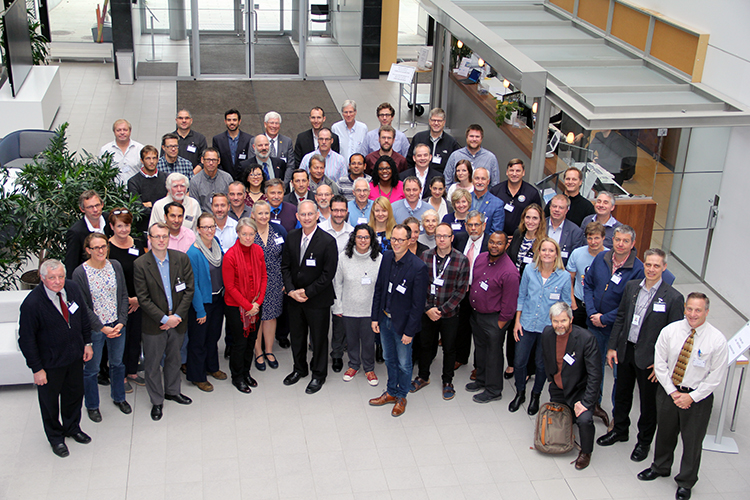Variable Conditions Challenge Mariners and Ice Forecasters
 Kuva: Hannu Manninen
Kuva: Hannu ManninenThe IICWG members regularly engage their users to ensure they are providing the best possible ice information, in the form of satellite images, charts, and forecasts, to help keep ships, their passengers, and the environment safe.
The IICWG issued the following statement: "Extreme variability, both on a regional scale and from one year to the next, makes knowledge of local and regional ice conditions critically important for any maritime operations in the vicinity of sea ice or icebergs. The International Ice Charting Working Group urges all vessel operators to include procedures to obtain up-to-date ice information in their operations manuals – whether navigating in the IMO Polar Code regions or not."
In light of the unusually heavy ice conditions on the east coast of North America last winter, when substantial ice disrupted ship traffic as far south as 38° latitude on the Chesapeake and Delaware Bays, and the most extensive ice cover in the Baltic Sea since 2013, much of the meeting focused on sub-Polar areas. During the 5-day meeting in Helsinki, the participants explored ways to provide better ice information to mariners using advancements in machine learning and "big data". The meeting also included a session with representatives from several maritime training institutes to understand how the IICWG could better contribute to the training of ice navigators.
Extremely Variable Ice Conditions Continue in 2018
As global climate change continues to reduce the overall volume of Arctic sea ice, Ice Services are challenged to predict ice conditions that vary widely from region to region and year to year:
The Swedish icebreaker ODEN encountered the "most difficult ice conditions in 15 years", according to the captain, while on a scientific voyage to the North Pole. At the same time and not far away, the icebreaking bulk carrier NUNAVIK had little difficulty getting to Frederick Hyde Fjord in extreme northeastern Greenland – a place usually encumbered by very thick ice.
The Northern Sea Route cleared of ice in September despite anomalously difficult spring ice conditions that extended the need for icebreaker support well into the summer.
While CRYSTAL SERENITY had little difficulty transiting the Northwest Passage in the previous two years, the Passage remained choked with hazardous multi-year ice throughout the summer of 2018, forcing at least two cruise ships to abandon their plans to traverse it.
Greenland cruise ship operations were not impacted by multi-year sea ice which melted away from the Southeast Greenland shores in early June – about two months earlier than in 2017.
There was record ice loss in the Bering Sea during the early summer of 2018 but on the north coast of Alaska sea ice persisted throughout the summer.
In the Antarctic, sea-ice extent remained below levels of the long-term average, but was up slightly from the 2017 record low values.
After three years of extreme numbers of icebergs in the trans-Atlantic shipping lanes in the vicinity of the Grand Banks of Newfoundland, 2018 was a light year with 75% fewer icebergs than in 2017. However, icebergs did drift beyond their climatological limit to the southeast of Greenland.
A number of Antarctic icebergs drifted unusually far north in the South Atlantic encroaching on fishing areas and the regular merchant ship route.
The IICWG was formed in 1999 to promote cooperation among the world's ice services on all matters concerning sea ice and icebergs. The members of the IICWG are the operational ice services of Argentina, Canada, Chile, Denmark (Greenland), Finland, Germany, Iceland, Norway, Poland, Russia, Sweden, and the United States, as well as the British Antarctic Survey and the International Ice Patrol.
For more information, about the IICWG, Sea Ice Services in the World, general ice information or current ice charts, please see the IICWG web site.

The 19th annual meeting of the International Ice Charting Working Group brought over 70 scientists, mariners, regulators and ice analysts from 14 countries together to discuss how to provide better sea ice and iceberg information to mariners.
Contact:
Mr Antti Kangas, Finnish Meteorological Institute, tel. 040 867 8838, antti.kangas@fmi.fiMr. John Falkingham, IICWG Secretariat, Ottawa, Canada Tel: +1 613-355-4552, John.Falkingham@rogers.com